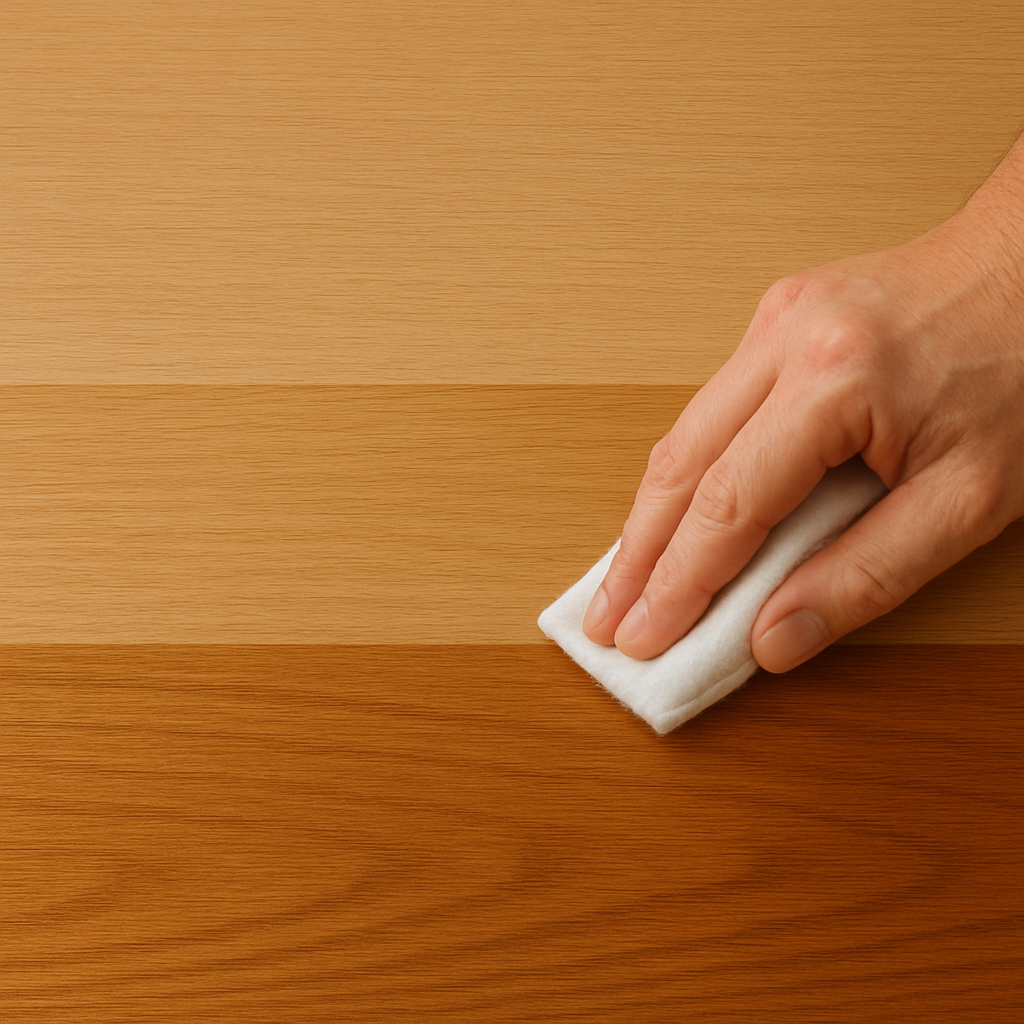Anyone who buys solid wood furniture will sooner or later face the question: Which surface treatment is right for them – oiled, waxed, or varnished? All three methods protect the wood – but in different ways. In this article, we'll show you the key differences and help you decide which finish suits your living style, maintenance requirements, and intended use.
Why surface treatment is important
Solid wood is a living, natural material. Without protection, it can:
-
absorb moisture,
-
dirty or discolor,
-
develop cracks or stains.
The right treatment not only protects but also emphasizes the natural grain and feel of the wood – regardless of whether it is a table, side table, bench or sideboard .
Oiled surface – natural, breathable, easy to care for
Oiled furniture is particularly popular at FaHome – and for good reason:
✅ Advantages:
-
The wood structure remains visible and tangible
-
The wood remains breathable and regulates the room climate
-
Small damages (e.g. water stains) can be repaired selectively
⚠️ Please note:
-
Must be re-oiled regularly (approx. 1× per year)
-
Absorbs stains faster than varnish
Ideal for: all those who appreciate natural feel and a lively material feel
Waxed surface – silky shine & natural finish
Wood wax offers similar properties to oil, but with a slightly different appearance:
✅ Advantages:
-
Silky matte shine
-
Protection against moisture and light soiling
-
Natural look
⚠️ Please note:
-
Less durable than varnish
-
Wax can liquefy when exposed to heat
-
Repairs more complex than with oil
Ideal for: decorative furniture with less wear and tear
Painted surface – smooth, easy to clean, sealed
Lacquered furniture is particularly easy to care for and resistant to stains:
✅ Advantages:
-
Protection against moisture, dirt and mechanical stress
-
No regular follow-up treatment necessary
-
Smooth, durable surface
⚠️ Please note:
-
Wood structure is barely noticeable
-
In case of damage, the paint can only be repaired over a large area
-
Less “natural” wood feel
Ideal for: heavily used surfaces such as dining tables or furniture with intensive use
Our conclusion: It depends on the intended use
| surface | naturalness | Care requirements | Protection against stains | Easy to repair |
|---|---|---|---|---|
| Oiled | ⭐⭐⭐⭐ | ⭐⭐ | ⭐⭐ | ⭐⭐⭐⭐ |
| Waxed | ⭐⭐⭐⭐ | ⭐⭐ | ⭐⭐ | ⭐⭐ |
| Painted | ⭐ | ⭐⭐⭐⭐ | ⭐⭐⭐⭐ | ⭐ |
If you want to feel the wood grain and be able to re-oil it years later, oil is your choice.
If you need easy care and durability, then lacquer is a better fit.
FaHome focuses on naturalness
At FaHome , we primarily use oiled finishes to preserve the beauty of the wood. Each piece of furniture is treated with great care – for an authentic, long-lasting result.


Share:
Solid wood vs. veneer – what’s the difference?
Easy-care wooden furniture – what you should consider